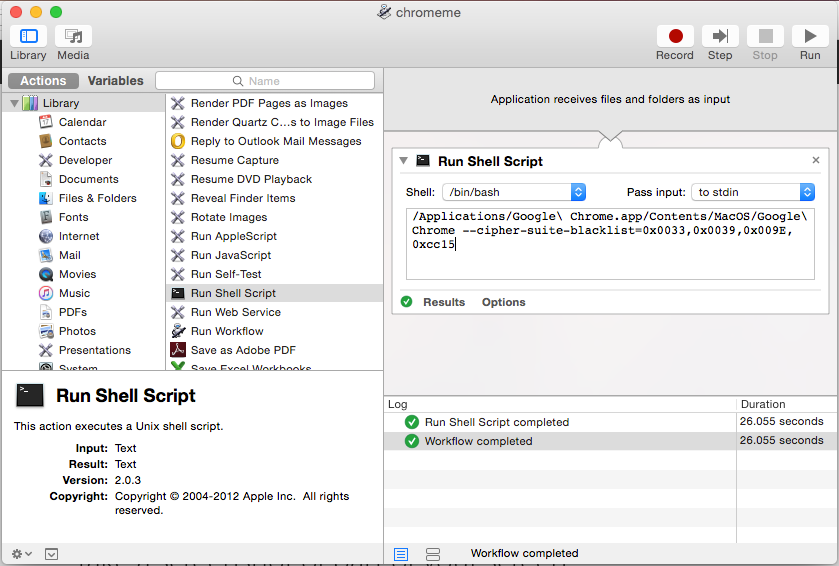Anonymous has attacked two Japanese airports in protest over the country's practice of dolphin hunting.
On the 10th of October, Narita and Chubu airports in the east of the country, were both subject to DDoS attacks on their websites by the hacktivist group Anonymous, as part of its campaign against dolphin hunting, a practice that, though controversial, is still legal in Japan.
While airport authorities claimed that flights were unaffected at either of the airports, Narita airport's website was shut down for eight hours. Anonymous later took credit for the attack over Twitter.
Earlier this year, the website of Taiji, a town in south eastern Japan known for it's dolphin hunting, was shut down in what police suspect was an attack by Anonymous. There have also been recent DDoS attacks on the Japan National Tourism Organisation and Japan's Fishermen's Union.
Japan has attracted the ire of animal rights activists and pressure groups around the world particularly for drive hunting (a pod of dolphins is harassed to confuse and corralled them, then they are caught and killed quickly by driving a metal pin into their necks).
The hacktivist group hinted at the attack the day before it was carried out. The group tweeted that is was to perform attacks on two major Japanese airports, according to police. The hashtag #opkillingbay has spread over twitter to popularise the cause of the diffuse hacktivist group.
The DDoS attack is a long time favorite weapon in the arsenal of the hacktivist. This particular kind of attack paralyses targeted websites by sending them overwhelming amounts of traffic from different networks before effectively shutting them down.
Caroline Baylon, editor of the journal of Cyber Policy and Chatham House's expert on all things cyber, noted to SC that “When it comes to DDoS attacks, these are basic but highly effective attacks that hacker groups use to take down websites on a regular basis.” She went on to point to recent cases of hacker group GhostSec, performing DDoS attacks on Islamic State websites in the wake of the Charlie Hebdo massacre of January 2015.
Attacks of this kind are not rare, but they aren't often seen performed on a large public institution like an airport. The same can be said for Anonymous, which tends to target private organisations like Koch industries, or most famously, the Church of Scientology.
“Hacktivism, or rather the use of DDoS being attributed to hacktivist groups is not particularly new,” says Raj Samani, CTO of Intel Security. He spoke to SC, saying that: “One of the challenges of course is to determine whether specific attacks are indeed conducted by such well-known groups, or used as a potential smokescreen.”
Anonymous' most recent operation of note was #OpBEAST, a campaign against fetish sites that specialised in bestiality, culminating in the successful shutting down of the world's most popular bestiality forum, beastforum.com and the defacing of several others.













